
What Is Development Economics?
Development Economics is a branch of economics that is devoted to improving the economic conditions of developing countries. It seeks to understand the structural issues and unique challenges faced by these countries and proposes strategies for sustainable growth and development. The primary goal of Development Economics is to enhance living conditions, economic performance, and social inclusion. This branch of economics aims to reduce poverty, provide access to basic amenities like health, education, and clean water, and improve income distribution within developing economies.
Some of the key theories and concepts in Development Economics, which aim to accomplish those goals, include the Harrod-Domar growth model, Lewis's two-sector model, and the Solow-Swan growth model. These theories explore various facets of development, such as capital accumulation, labor migration from agriculture to industry, and long-term growth, respectively. Development Economics also delves into the role of institutions, governance, and international trade in economic development. On this point, it emphasizes the importance of effective governance, rule of law, and trade policies that promote competitiveness in global markets.
The Core Components of Development Economics
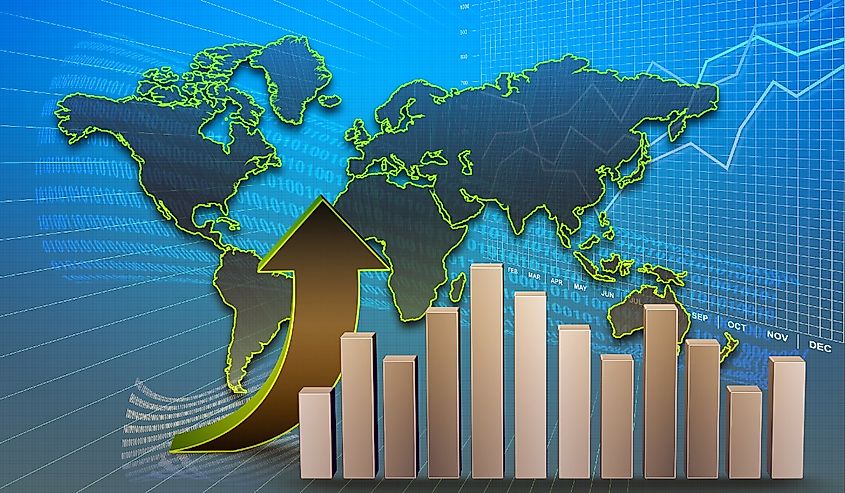
The foundation of Development Economics lies in understanding and analyzing the critical components that determine a nation's economic progress.
Economic growth, often measured by Gross Domestic Product (GDP) and Gross National Product (GNP), is a central concern in Development Economics. GDP refers to a sum of the value of goods and services produced within a country, while GNP considers the worth of goods and services produced by a country's citizens, both domestically and internationally. These metrics provide approximations of a country's economic well-being, and they are important to examine relative to, and in the context of, the standards and well-being achieved by other nations.
The concept of growth theory, charted by metrics like GDP, delves into the mechanisms of economic expansion. The Harrod-Domar model pushes its audience to focus on the role of savings and investment, while the Solow-Swan model incorporates technological progress and labor growth as additional drivers of economic growth.
Regarding Development Economics' ultimate aim, the measurement of poverty is complex, often involving income thresholds, purchasing power parity, and consideration of non-monetary factors like access to health care and education. Additionally, inequality is commonly assessed using tools like the Gini coefficient and the Lorenz curve. The Gini coefficient measures income distribution within a country, and the Lorenz curve graphically represents this income or wealth distribution.
Practical Applications

One angle involved in addressing the widespread need is ensuring that countries are both aware of and utilizing the resources which they already possess. Referred to as "the principle of comparative advantage," it suggests countries should specialize in producing goods they can make most efficiently, and it underpins international trade theory. Trade policies, such as tariffs, quotas, and trade agreements, significantly influence a country's development trajectory, thereby revealing one facet of political and governmental influence in Development Economics.
Next, to meet countries where they are, actions involved in the concept of structural transformation refer to the shift in a country's economy from predominantly agricultural to industrial and service-based. The role of agriculture, including issues of land reform, agricultural productivity, and rural development, is crucial during the early stages of development.
However, follow-through on a strong start (regarding systemic change and progress in a country) is essential. As economies grow, industrialization and urbanization become increasingly important. Development Economics examines the challenges and opportunities associated with this transformation, including urban planning, infrastructure development, and labor market dynamics.
Two additional concepts are pivotal to address on the road to success. First, institutions: These are the rules that govern social, political, and economic interactions, and they play a critical role in development. A strong rule of law, including property rights and contract enforcement, can promote economic growth by reducing uncertainty and fostering trust.
The second issue is corruption. These abuses of power are significant barriers to development, so they are also a central concern. By eroding public trust and misdirecting resources, corruption can hinder economic growth and exacerbate inequality. Development Economics, therefore, explores strategies to promote good governance and combat corruption.
The Historical Context of Development Economics
Understanding the evolution of Development Economics requires examining its historical context and the significant milestones that have shaped its trajectory.
Theories
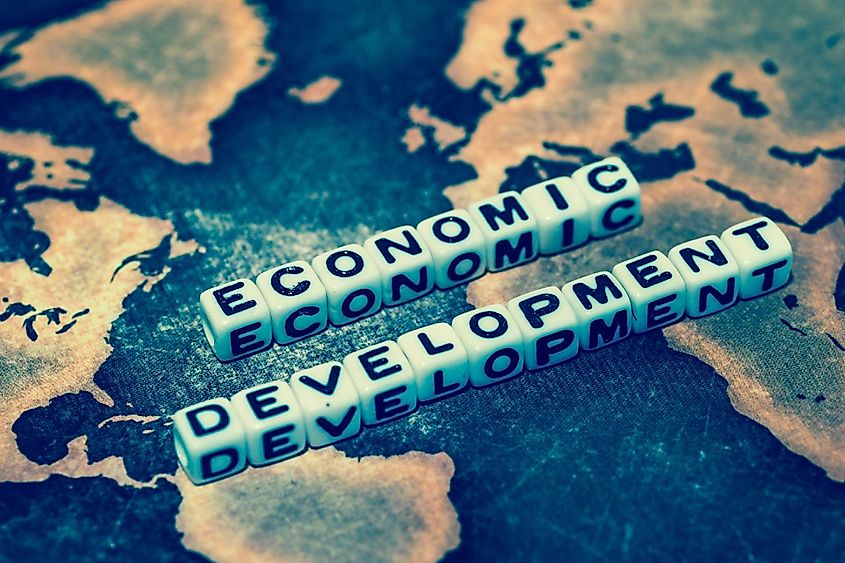
Classical and Neoclassical theories of economic development, originating in the 18th and 19th centuries, emphasized capital accumulation and market forces as drivers of growth. However, these theories often failed to capture the complexities and unique challenges faced by developing countries.
In response, the mid-20th century saw the rise of Structuralist and Dependency theories. Structuralists argued that developing economies' structures, characterized by dualism and a large, unproductive agricultural sector, impeded their growth. They advocated for industrial policies and state intervention to stimulate economic transformation.
Dependency theorists, on the other hand, contended that the economic underdevelopment of certain nations was due to their unfavorable integration into the global capitalist system. They saw a need to break away from this dependence for true development to occur.
Historical Examples
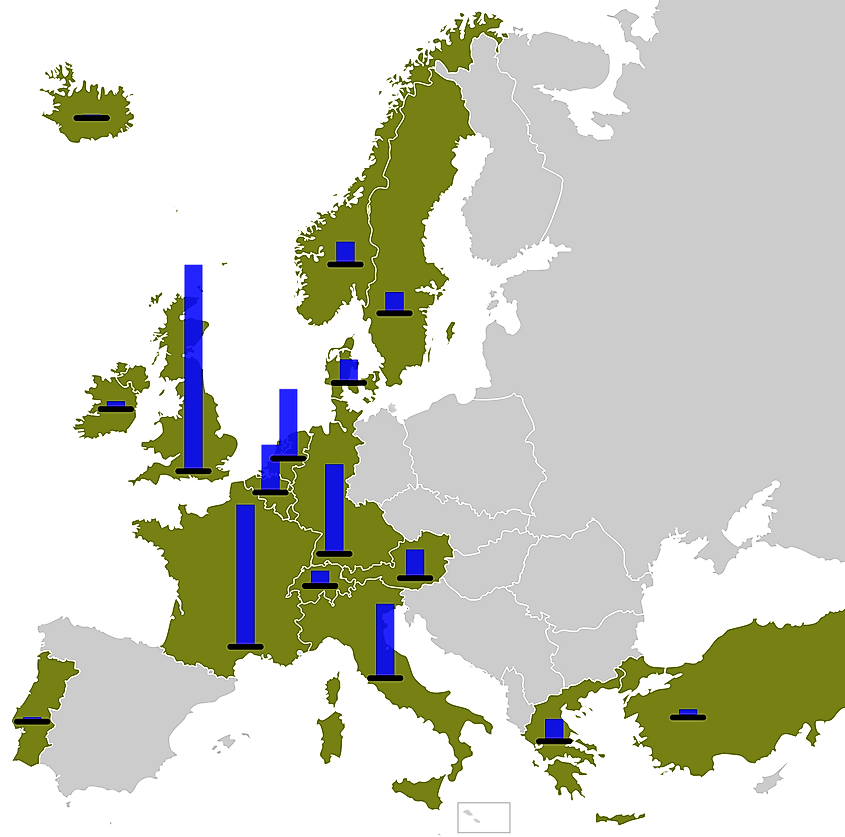
Post-WWII reconstruction, particularly in Europe, offers a significant example of Development Economics in action. The Marshall Plan, which provided extensive US aid for European recovery, helped stimulate economic growth and provide political stability across the continent.
The rise of East Asian "Tiger" economies (South Korea, Taiwan, Singapore, and Hong Kong) in the latter half of the 20th century is another key historical example. These nations demonstrated how export-led growth, investment in human capital, and effective government policies could drive rapid industrialization and economic development.
These historical examples and theories underline the evolving understanding of Development Economics, reflecting shifting global dynamics, economic realities, and policy priorities.
Current Trends in Development Economics
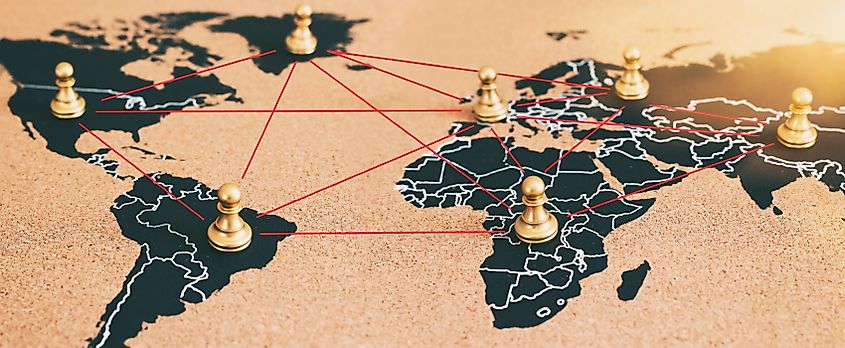
The world currently operates as a cohesive, albeit chaotic, global landscape. There is an interlocking between the majority of nations that is novel in terms of its scale, and potential for progress. Different groups exemplify such international overlap, such as the European Union, and smaller organizations also play a role. However, the same notions that push potential progress also carry a potential for shared regress.
BRICS (Brazil, Russia, India, China, and South Africa) have become key players in the global economy, experiencing substantial growth rates and contributing significantly to global GDP. Their development strategies, often emphasizing domestic resource utilization, technology adoption, and active participation in global trade, have yielded valuable insights into the diverse paths to economic development.
Global institutions like the World Bank and International Monetary Fund (IMF) continue to play a pivotal role in shaping development discourse. They provide financial resources, technical assistance, and policy advice to developing nations. However, their influence has been the subject of debate, particularly regarding the effectiveness and fairness of their policy prescriptions.
Notably, globalization has intensified interdependence between nations, affecting trade, investment, and labor markets. While it has offered opportunities for developing nations to participate in global value chains and access new markets, it has also raised concerns about inequality and economic vulnerability. Regarding vulnerability, if a central nation like the United States had an economic collapse due to internal turmoil, countries attached to adjacent economic frameworks would suffer collateral damage, and likely more so than in previous periods of human history.
The Future of Development Economics
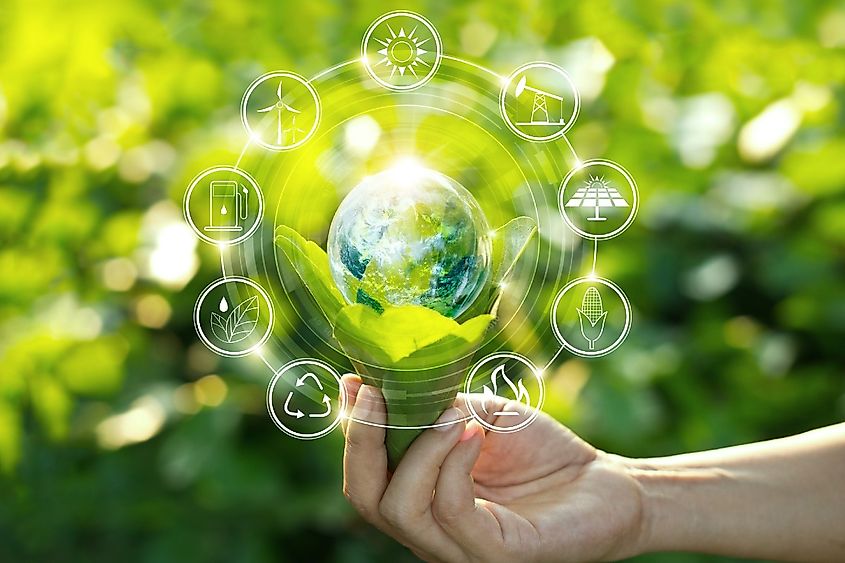
As economists look toward the future, there are a few potential paradigm shifts that could significantly shape the field of Development Economics.
Automation and other advancements (such as fusion energy, AI, lab-grown meat, insect farms, etc.) present both opportunities and challenges for developing economies. On the one hand, they offer potential productivity improvements and new areas of economic activity. On the other, they could disrupt labor markets and exacerbate inequality if not managed effectively.
The effects of climate change are expected to become increasingly severe, with developing nations often disproportionately affected. This reality underscores the need for a "green economy" approach, focusing on sustainable, low-carbon growth. Strategies might include investing in renewable energy, promoting sustainable agriculture, and building climate resilience into infrastructure and urban planning.
Future development efforts will likely place greater emphasis on inclusive growth – ensuring that economic benefits are widely shared rather than concentrated among a small elite. This approach recognizes that inequality can undermine social cohesion and long-term growth (which, similar to the attrition caused by war, ironically will hinder elite classes in the long term). Social safety nets, including conditional cash transfers and universal basic income, may play an increasingly important role in promoting inclusivity.
Conclusion
The emergence of Development Economics as a field of study has resulted in practical insights into the abstract mechanisms of economic growth and poverty reduction, and it provides tools for addressing these complex issues. Looking forward, challenges of the 21st century, such as climate change and growing inequality, will demand global cooperation. Therefore, given the current state of affairs, it is possible that humanity's greatest trials are yet to come.







